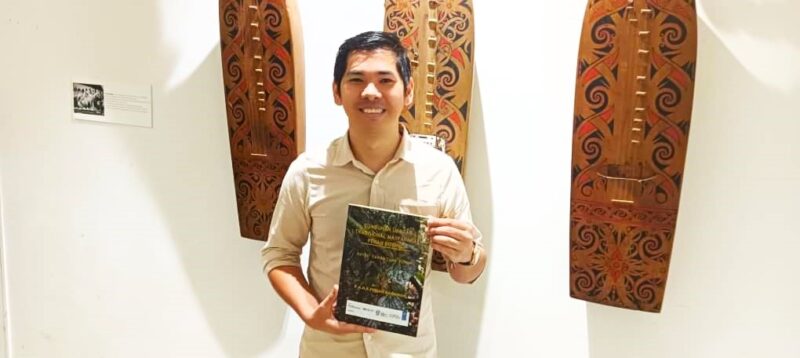By Wilfred Pirro
KUCHING, Aug 11: Fifty-three of the 100 previously known species of medicinal plants used by the Penan Serunggo people of Sarawak have been recorded.
Indigenous researcher Franklin George revealed that it took researchers 18 months and 131 pages to document this closely guarded knowledge, which the Penan use to treat all sorts of ailments, including diarrhea, wound healing and snake bites.
He added that they obtained all documented and verified information from the Penan communities who are familiar with medicinal plants in their respective areas.
Franklin said these plants need to be recorded for future generations and knowledge of the medicinal properties of these plants needs to be ensured they are not lost through deforestation.
“The Penan community was concerned about conflicts with timber companies engaged in deforestation and logging activities in that part of Sarawak,” he said during a lecture titled ‘Medicinal Plants of the Penan Serunggo’ organised by the Friends of Sarawak Museum at a hotel here today.
Franklin gave the example of a medicinal plant species known locally to Penan communities as Aril (piper betle, peperraceae).
“This creeping plant can cure venous pain, joint pain and dermatitis. For venous pain and joint pain, the plant is boiled and eaten. For dermatitis, the leaves are made into a paste and applied on the skin,” he said.
He added that the document is meant to inform future generations how their ancestors used forest plants to treat illnesses.
He lamented that not all medicinal plants have been documented, noting that local communities, especially Penan elders and community leaders, are reluctant to lose all their knowledge but are willing to pass it on orally.
“Now, whenever I go for a walk in the forest with people who have knowledge of medicinal plants, they identify and share with me what the plant is good for and what illness it treats.
“If we leave everything alone, our Penan community will lose all our knowledge about its medicinal properties and people (outsiders) may take advantage of it.”
Franklin hopes that in the future, the community can find a way to turn these plants into pills that can be taken orally. — DayakDaily
advertisement


